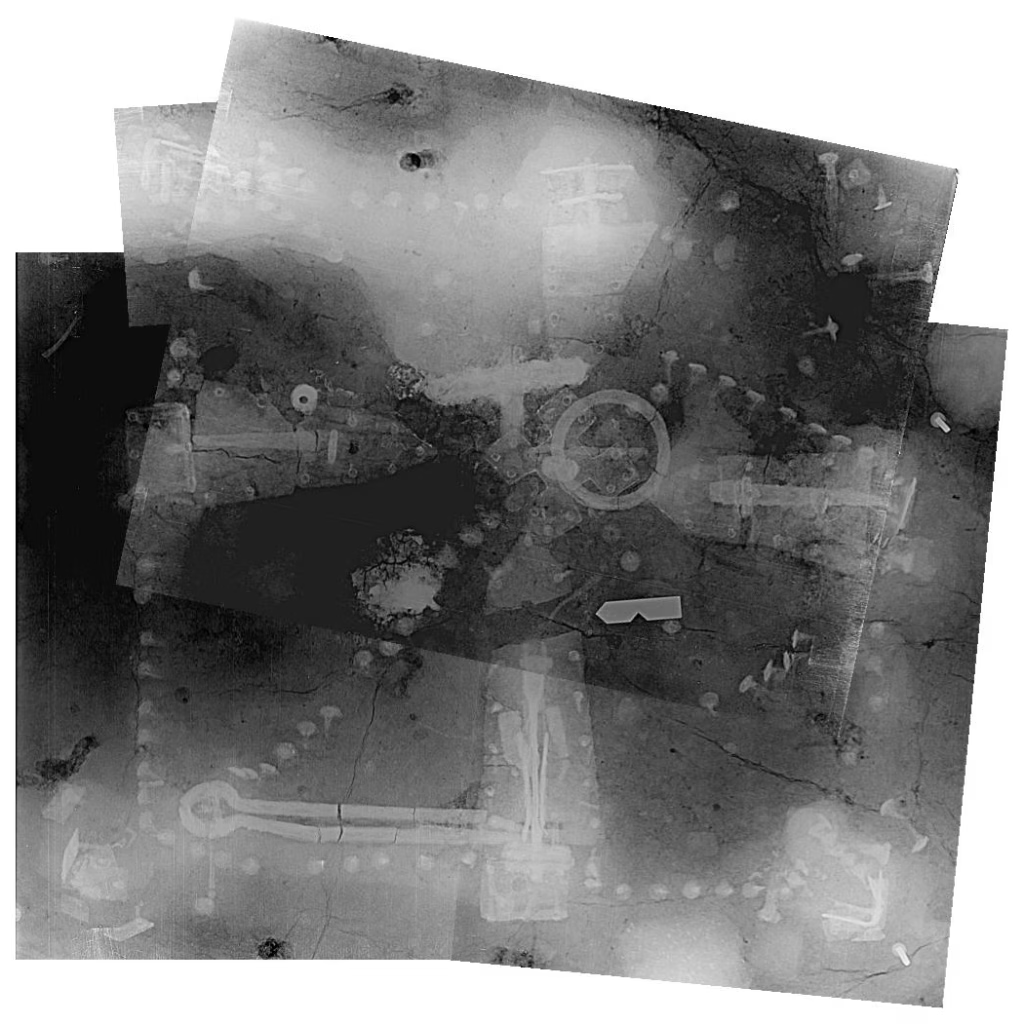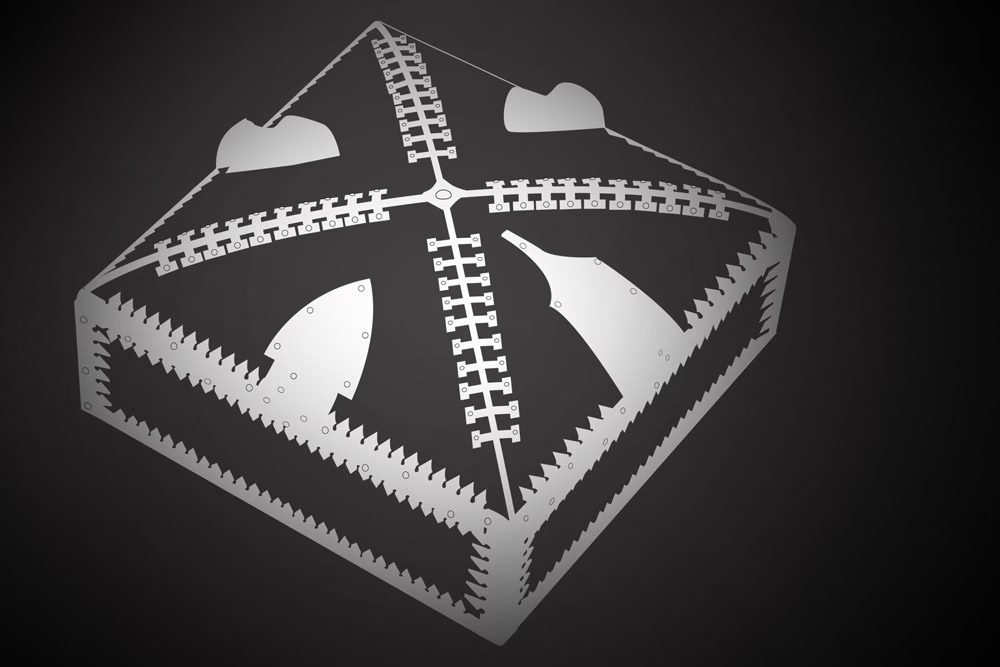Archaeologists have uncovered a Viking Age burial site near the town of Lisbjerg, just north of Aarhus, Denmark. The discovery sheds new light on aristocratic life and its connections to royal power during the Viking era.
A recent excavation conducted by experts from the Moesgaard Museum has revealed 30 Viking graves in Lisbjerg, located just 7 kilometers north of Aarhus. The graves contained a wealth of fascinating grave goods, including beads, coins, pottery, and a remarkably rare wooden casket filled with personal items. Human remains, such as teeth and bones, were also recovered from the site.
A Strategic Link Between Lisbjerg and Viking-Age Aarhus
In the Viking Age, Aarhus—then known as Aros—was one of Denmark’s oldest and most influential cities. It served as a key hub for both royal administration and international trade. Lisbjerg, situated along the ancient main road connecting Aros to an elite manor estate, likely played a critical role in this royal network.

According to Kasper H. Andersen, a Viking Age historian at Moesgaard Museum:
“The finds in Lisbjerg join a growing body of archaeological evidence in the Aarhus region, painting a picture of an aristocratic environment closely linked to royal power. These discoveries highlight the far-reaching and dynamic nature of the Viking world.”
The Mystery of the Wooden Casket
One of the most significant artifacts found at the site is a 32×32 cm wooden casket, believed to have belonged to a prominent woman. Likely made of oak, the box features decorative corner and side fittings—some possibly silver-plated—and a finely crafted locking mechanism. Rows of small rivets adorn the edges and lid, showcasing skilled craftsmanship.

Inside the casket were several high-status personal items: a 14 cm iron scissor, a delicate silver filigree bead (possibly a brooch), a pin, and what appears to be a ribbon woven with gold thread. Similar caskets from the Viking Age are extremely rare, with only one comparable example previously found in Haldum, approximately 12 kilometers from Lisbjerg.
Why This Discovery Matters
- Rare glimpse into elite Viking life: The grave goods and burial structure suggest high social status and possible royal affiliation.
- Expands understanding of Viking women: The richness of the burial indicates the significant role some women held in Viking society.
- Highlights Aarhus as a Viking power center: The finds reinforce the historical importance of Aarhus and its surroundings in the early medieval period.
Cover Image Credit: Moesgaard Museum





